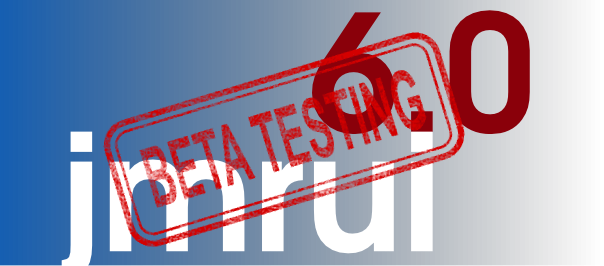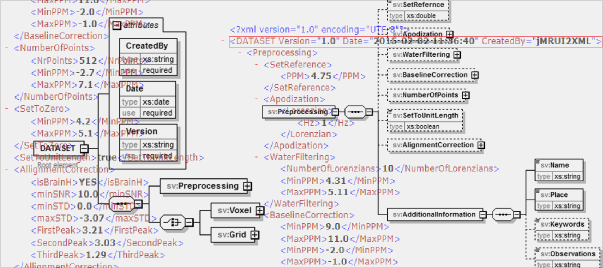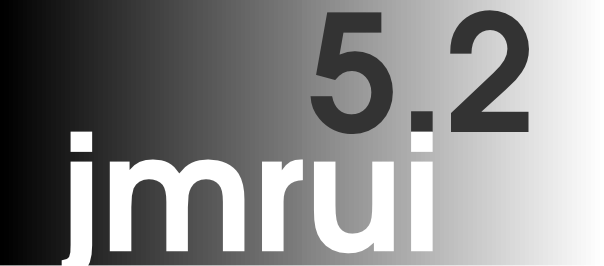A new version of jMRUI is available!
We are happy to announce the beta release of the new jMRUI version 6.0 for testing purposes.
Before releasing the final version, we would like to ask you to help us to test this beta version. If you decide to help us, please, download the installation file for Microsoft Windows and/or GNU/Linux from the beta version download page, and test all the functionalities you usually use, but also try the new features, and report any problems encountered and/or send suggestions either to the jMRUI forum or by email to with the subject “jmrui 6.0 beta report”.
This new version comes loaded with many improvements and new features, amongst the most important:
- Combined analysis of MR Spectroscopy and Imaging (SpectrIm), currently available for Siemens Advanced DICOM format. Philips DICOM data format is being implemented, but not yet included in this version. For testing purposes you can download some example data sets from the jMRUI download web page.
- QuasarX (Quest with some new constraints, such as common damping for selected metabolites, fixed frequency shift of selected metabolites, shape peak selection);
- New history-tracking mode that allows (1) to retrieve all processing steps that led to the creation of a particular data/result, and thus increases the reproducibility and documentability of all processing steps; and (2) to run macros in the interactive mode.
- New plugins SpectraClassifier and INTERPRET Decision-Support System for spectra classification and pattern recognition. These plugins are compatible with jMRUI v. 5.2 and they are distributed separatedly under their own license terms.
- New plugin jMRUI2XML for automating MRS processing and for exchanging data. This plugin is compatible with jMRUI v. 5.2 and it is distributed separatedly under its own license terms.
- Improved version of the spin system simulator NMRScopeB – new protocols (SPECIAL, MEGA-PRESS, semi-LASER), possibility to choose a pulse shape directly in the protocol window (no more need to modify the Python script) and many other improvements;
We thank you for helping us to make the code better.


